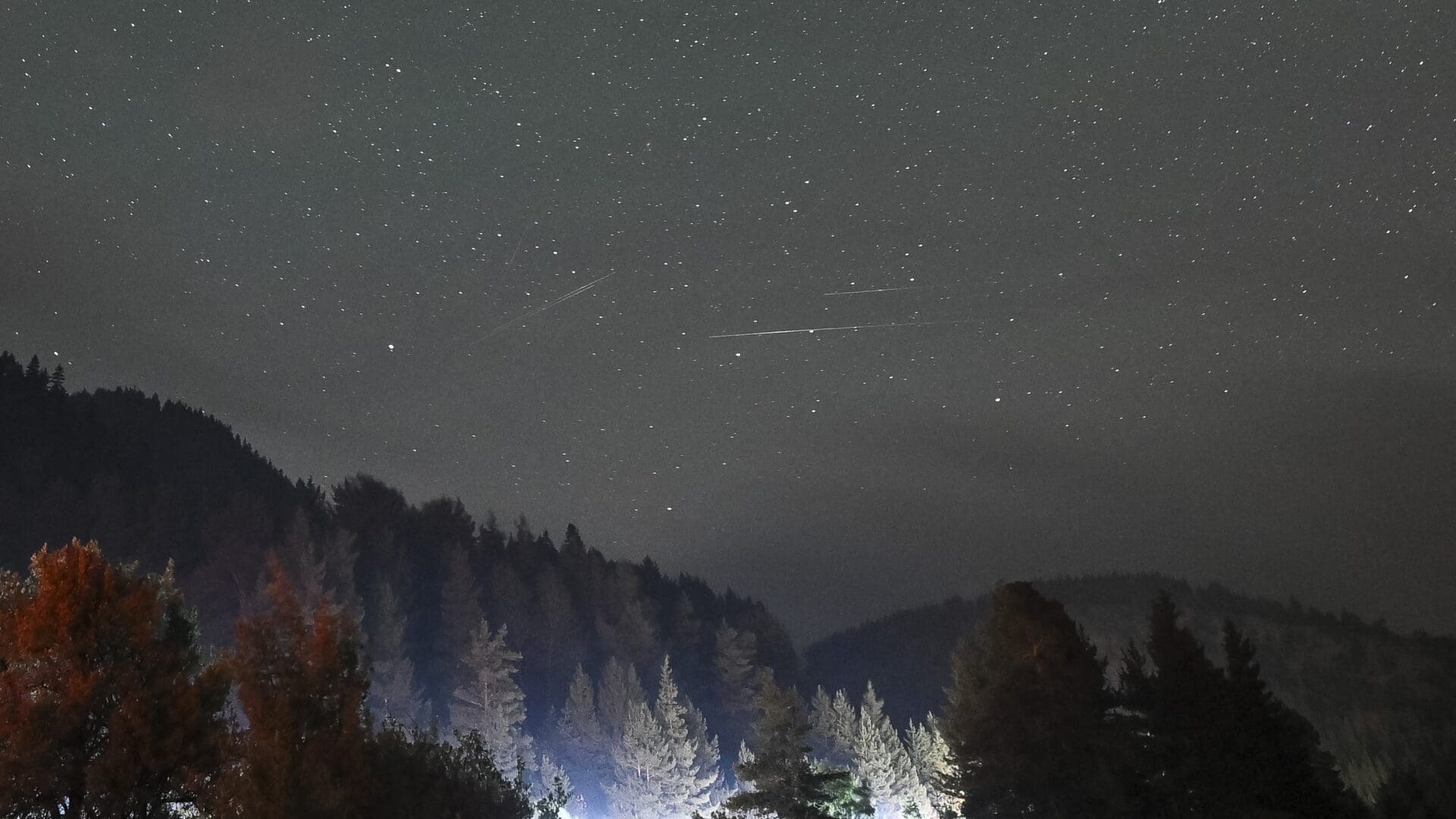Skywatchers can look forward to the annual appearance of the Lyrid meteor shower on Tuesday, 22 April—one of the oldest known meteor showers, first recorded by Chinese astronomers in 687 BCE. Back then, they described the celestial event as ‘stars falling like rain‘ from the sky.
This moderate meteor shower, returning each year around the same date, will be best observed during the early morning hours. During the peak, observers may spot up to ten meteors per hour, some of which could appear as bright fireballs streaking across the sky.
The Lyrids originate from debris left behind by Comet Thatcher, which last passed near the Sun in 1861 and takes 417 years to complete its orbit. The meteor shower is named after the Lyra constellation (the Lyre), which will be high above the horizon during the shower’s activity.
Astronomical records trace sightings of the Lyrids back as far as 2,700 years, making them the most ancient meteor shower still visible today. The last exceptionally high meteor activity occurred in 1982, and astronomers predict the next dramatic burst will happen in 2042—part of a roughly 60-year cycle of intensified displays.
To mark the event, the Svábhegy Observatory in Budapest is organizing a stargazing programme on Monday evening. Interested visitors can find more information on the observatory’s official website.
Related articles:








